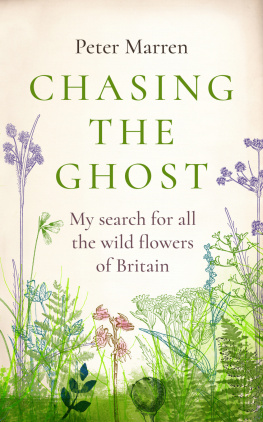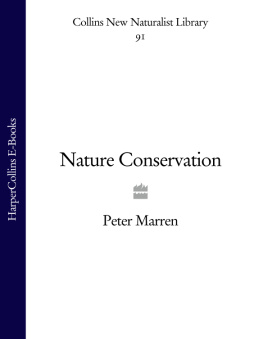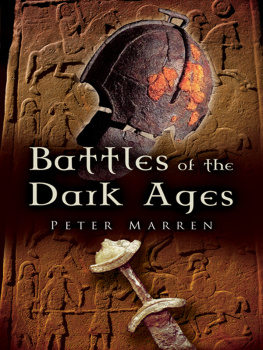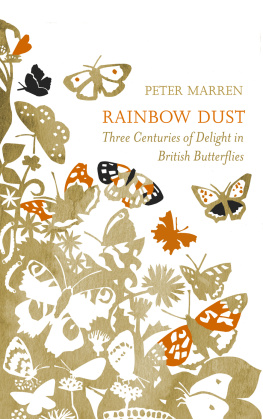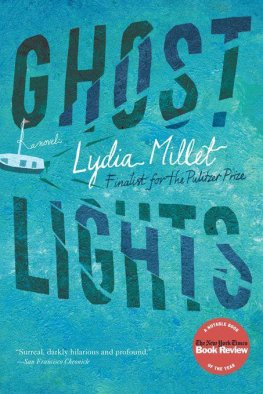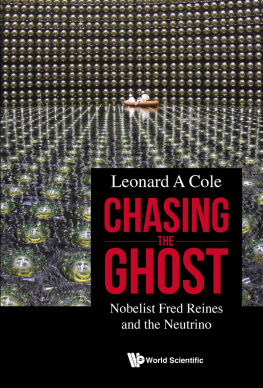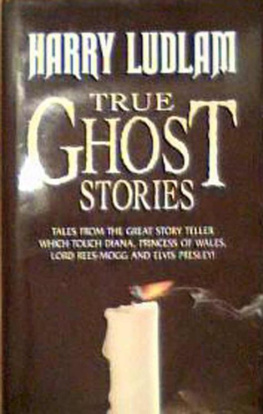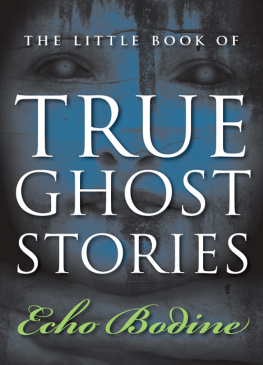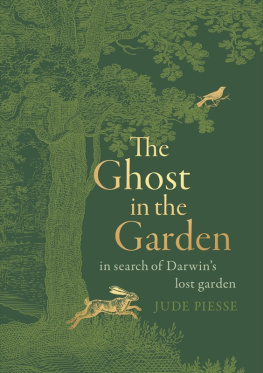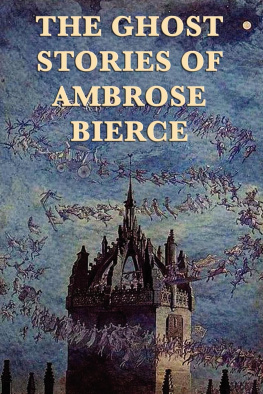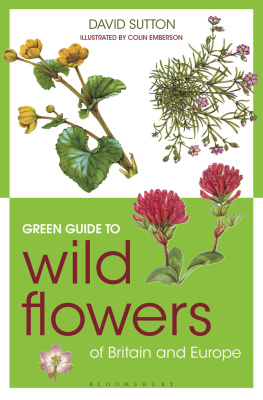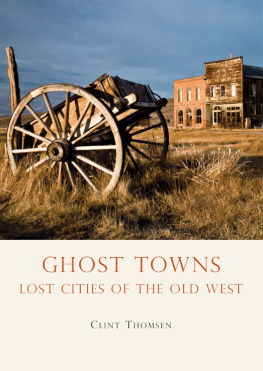Contents
About the Book
The mysterious Ghost Orchid blooms in near darkness among rotting leaves on the forest floor. It blends into the background to the point of invisibility, yet glows, pale and ghostly. The ultimate grail of flower hunters, it has been spotted only once in the past twenty-five years. Its few flowers have a deathly pallor and are said to smell of over-ripe bananas.
Peter Marren has been a devoted flower finder all his life. While the Ghost Orchid offers the toughest challenge of any wild plant, there were fifty more British species he had yet to see. Among them was Diapensia, an alpine confined to a single steep Highland ridge; and the Holly-leaved Naiad, which inconveniently grows only in deep water. Peter set himself the goal of finding them all in a single summer. As it turned out, the wettest summer in years.
The quest took him from the dripping ancient woods of the New Forest to the storm-lashed cliffs of Sutherland. He paddled and swam in lakes, clambered up cliffs in mist and rain, and walked several hundred miles. It turned into another kind of journey: one into the heart of field botany in Britain the dedication of plant recorders, and the never-ending enquiry into why plants grow where they do.
Partly about plants, partly autobiography, Chasing the Ghost is also a reminder that to engage with wild flowers, all we need to do is look around us and enjoy what we see.
About the Author
Peter Marren is a writer and journalist on wildlife and countryside matters. He has also worked as an editor and publicist in a government nature conservation agency. His books included Rainbow Dust: Three Centuries of Delight in British Butterflies, Bugs Britannica (with Richard Mabey), The New Naturalists, which won the Society for the History of Natural Historys Thackray Medal, and Britains Rare Flowers, which won the Botanical Society of Britain and Irelands Presidents Prize. He also won a Leverhulme Research Fellowship for his work on Bugs Britannica.
ALSO BY PETER MARREN
The New Naturalists
Britains Rare Flowers
Bugs Britannica
Rainbow Dust: Three Centuries of Delight in British Butterflies
A Note on the Illustrations
The drawings of plants at the head of each chapter and section are from two main sources. The older are line drawings by Walter Hood Fitch (18171892) made for George Benthams Handbook of the British Flora in 18635. These served the Handbook and field botany in general until well into the twentieth century. Most of the remainder are by Stella Ross-Craig of Kew, published as Drawings of British Plants between 1948 and 1973.
The drawing of Downy Rose in Chapter Two is a sketch by Keble Martin, which, as a full watercolour, occupied a prominent position on the dust jacket of The Concise British Flora. It is taken from Sketches for the Flora (1972) by W. Keble Martin, p.72. The drawing of Radnor Lily on p.33 appeared in Flora of Radnorshire by Ray Woods, reproduced by the authors kind permission. That of Suffolk Lungwort on p.44 was specially commissioned for this book by Fred Rumsey. That of Interrupted Brome was drawn by C. E. Hubbard for his book Grasses (1954) and reproduced by permission of Penguin Books. The leaves and berries of Leys Whitebeam on p.98 were drawn by Tim Rich and reproduced by his kind permission. Proliferous Pink, on p.113, was drawn by James Sowerby for Smiths English Botany in 1801 and is in the public domain. Leafless Hawks-beard on p.147 is from a coloured drawing by Jacob Sturm in Deutschlands Flora in Abbildungen (1776), also in the public domain. Estuarine Sedge on p.199 is from The BSBI Handbook, Sedges of the British Isles, with the permission of BSBI.
To David and Anita Pearman
The Ghost
The ghostly flower blooms in near darkness among the rotting leaves on the forest floor. It has not so much as a speck of healthy, life-giving green. The stem is a greasy tube the colour of dead skin. The few, nodding flowers have a deathly pallor. They droop and dither between pink and yellow. Some say they blacken at the touch. Sometimes a slug has been found on the half-eaten stem. Few of us have been lucky enough to find this strange plant in Britain. The usual experience of ghost-hunters, noted one rueful searcher, is that there is nothing there. On the rare occasion when there is, for a moment you dont quite see it just a pale wisp, a phantom of a flower, barely visible above the blanket of decaying leaves. Then you look closer and it snaps into focus, something pale and spidery, about three inches tall, with outsize flowers on a leafless stalk. The flowers seem diseased or dying, even when they are in full freshness and vigour. They have the beauty of a lovely corpse.
Its full name is the Ghost Orchid, Epipogium aphyllum. It has also been called the Spurred Coralroot, the Spur-lipped Coralroot, or, with less imagination, the Leafless Epipogium. It was named the Ghost not so much for its physical appearance as for its ability to blend into its background to the point of near invisibility: a ghost in camouflage. That name was coined by the botanist David McClintock after he was taken to see the plant in 1953 and could still hardly see it until his nose was inches away from the drooping flowers.
The Ghost Orchid lacks chlorophyll, the green pigment that enables plants to manufacture their food by photosynthesis. Instead it feeds insidiously on fungi locked inside its swollen, coral-like root. The science writer Richard Fortey, who lives near one of its former sites, dubbed the plant a parasitic piggyback. The orchid captures the fungus and then proceeds to digest it, as needed. Until recently the plant was assumed to be a saprophyte, a species that feeds on decaying matter. But when its physiology was investigated there was a surprise. It is the fungus that manufactures food from decaying leaves, while the orchid has turned the tables on its erstwhile fungal partner in a kind of biological double-cross. Rather appropriately, its favourite food is said to be the mycelium (the mass of thread-like filaments in the soil or attached to tree roots that make up the body of the fungus) of poisonous toadstools of the genus Inocybe.
The Ghost sits at one corner of a mnage trois between orchid, fungus and the roots of a beech tree. The imprisoned fungi, which are themselves growing with the help of trees, tap the beech roots for sugar and water and offer in exchange foodstuffs such as phosphates that are essential for the growth of a healthy tree. Trees and fungi commonly work in such a partnership, but in the Ghost Orchids case, this partnership has morphed into slavery and then predation. Like a spider that consumes its mate, the orchid has taken full and unsentimental advantage of an evolutionary opportunity. It takes food from the fungus, and then turns the fungus into food.
So, with a belly full of macerated mushroom, the Ghost has no need of leaves. It doesnt need proper roots, either, for its coral root is technically an underground stem with tuberous pseudo-roots. For most of the time it gets along without flowers, either. On the rare occasions when they are produced, the flowers are as bizarre as you might expect. The Ghosts scientific name,

